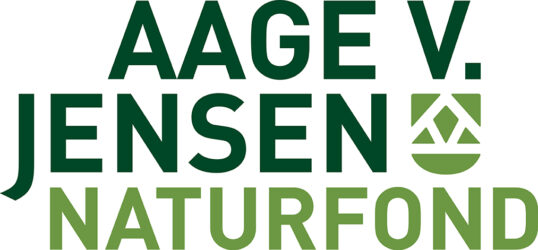Nordeas cheføkonom Helge Pedersen skriver i en analyse, at de nordiske lande kommer bedre gennem pandemien og genopretningen end de øvrige europæiske lande og USA, og det begrundes med, at de nordiske lande har et mere robust sundhedssystem, solide offentlige finanser med lille gæld og en avanceret digital infrastruktur. Det kan have været et forbillede for præsident Biden med dennes økonomiske planer. Cheføkonomen sammenligner dog ikke med de østasiatiske lande, der har klaret krisen langt bedre med ekstremt lave tabstal og uden at lukke økonomierne ned.
Chief Economist’s Corner: Northern lights
The Nordic countries will emerge from the crisis as winners. They may have served as inspiration for President Joe Biden’s new investment and American Families plans.
The COVID-19 pandemic over the past year has clearly demonstrated that efficient healthcare systems, robust public finances and advanced digital infrastructures are key determinants of how well an economy gets through a prolonged period of extensive restrictions to curb the spread of the virus.
Therefore, in terms of most economic and health measures it is not surprising that the Nordic countries have fared better during the crisis than most other countries in the world, and with their strong international orientation they are now well positioned to benefit from the current strong global upswing.
An upswing that is led by the advanced economies, which have the financial and logistic capacity to roll out efficient vaccination programmes. This paves the way for a fast reopening of the economies while many developing countries still struggle with high infection rates and tough coronavirus restrictions.
At the same time the richest countries in the world are also those best equipped to kickstart the recovery through expansionary fiscal policies. The best example is probably the US where the new Biden administration quickly got a massive recovery package worth almost 10% of GDP through Congress and has proposed new major multi-year investment plans in addition to the American Families plan.
These plans, which among other things focus on green transition and digitalisation as well as tax-financed welfare benefits, also have the potential to radically change the foundation of the US society.
In December last year the EU adopted its huge Next Generation EU recovery package (NGEU) worth EUR 750bn, of which a large part will be financed through joint loans. This has never happened before, and before the Recovery Fund can be set to work, the EU national parliaments must ratify the agreement.
So far, 13 out of the 27 EU countries have ratified the plan, but the project has been put on hold by the German constitutional court, which will decide whether the joint loans would violate the EU’s own treaties. Until the court has ruled, the German government cannot proceed with the ratification process.
It is hardly realistic that the German constitutional court kills the NGEU project and consequently, funds will likely as planned begin to flow to the EU countries in the course of H2 2021. But the situation exposes the EU’s weaknesses in much the same way as the EU’s scandal-ridden vaccination programme has done. The EU’s bureaucratic decision processes are a main reason why the Euro area lags far behind the US in the global growth race.
Monetary policy is highly accommodative and will remain so for quite a while yet, despite the current pick-up in inflation. Prices of commodities and semi-manufactured goods are currently surging due to sharply rising demand that also affects freight rates. At many stages of the value chain companies are now facing bottleneck problems.
They could be of a temporary nature but, due to the vast amount of money poured into the economies by central banks and governments, there is a risk that a more long-lasting price-wage spiral takes off for the first time in years, which could lead to accelerating inflation.
Most central banks, however, seem to believe that the bottleneck problems will be resolved relatively quickly and consequently they are willing to accept above-target inflation (that is, above 2% in most cases) for some time.
Both the Fed and the ECB have indicated that monetary policy will stay accommodative until the scars from the coronavirus crisis have healed. And when they start tightening, the sequence is clear. They will start by tapering their large-scale asset purchase programmes and then hike rates. So rate hikes are not likely in the US until towards end-2022 and in the Euro area until well into 2023. The central banks will thus continue to provide a safety net for government finances, which have deteriorated considerably during the coronavirus crisis.
In the Nordic countries the debt situation is very different. Denmark has emerged from the pandemic with by far the strongest public finances in the EU, and only Finland exceeds the Stability and Growth Pact’s debt limit of 60% of GDP. None of the other countries are near the limit, and it is irrelevant for Norway. With prospects of high economic growth both this year and next year, the debt situation of the Nordic countries appears even more benign when viewed in an international context.
No overstretched hospitals, a reasonable economic performance and no debt problems. The Nordic countries and their social welfare models may therefore emerge from the pandemic as the global winners. And who knows? Maybe the Biden administration has seen the Northern lights and looked to this part of the world for inspiration for its new investment plans and the American Families plan.













